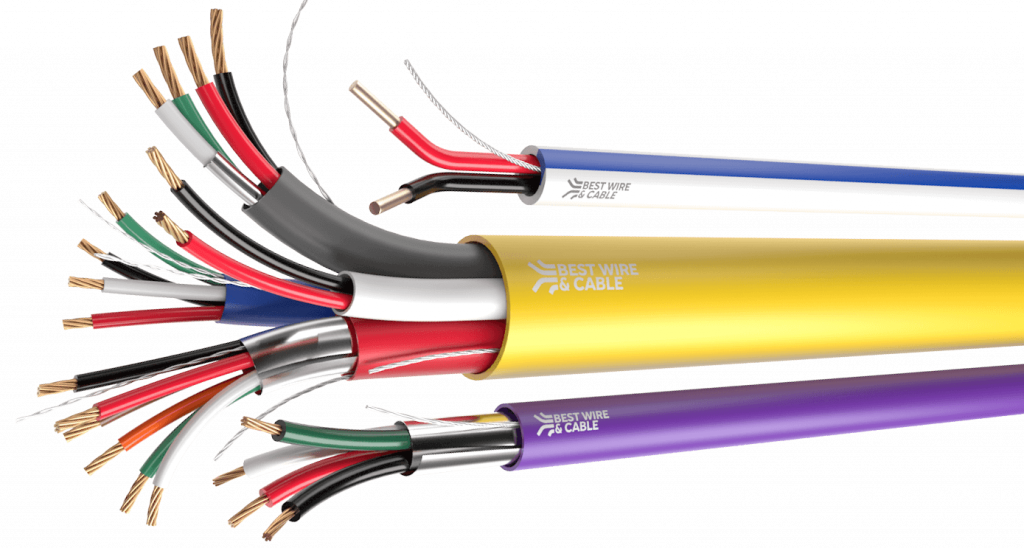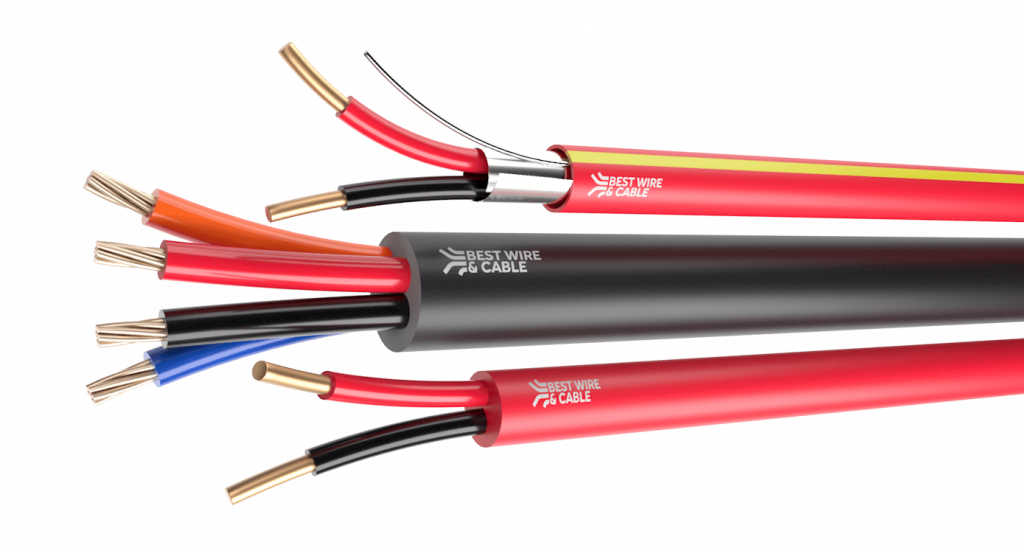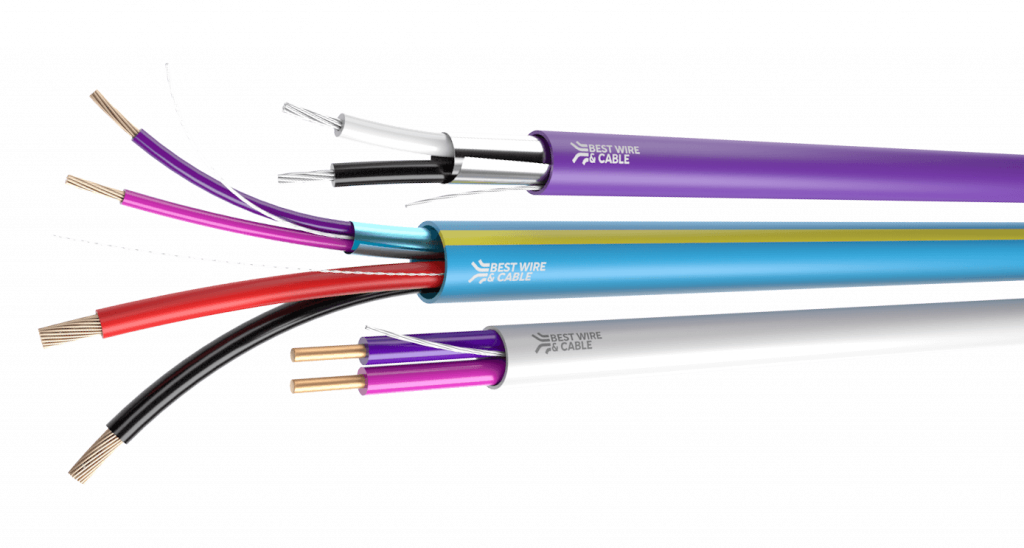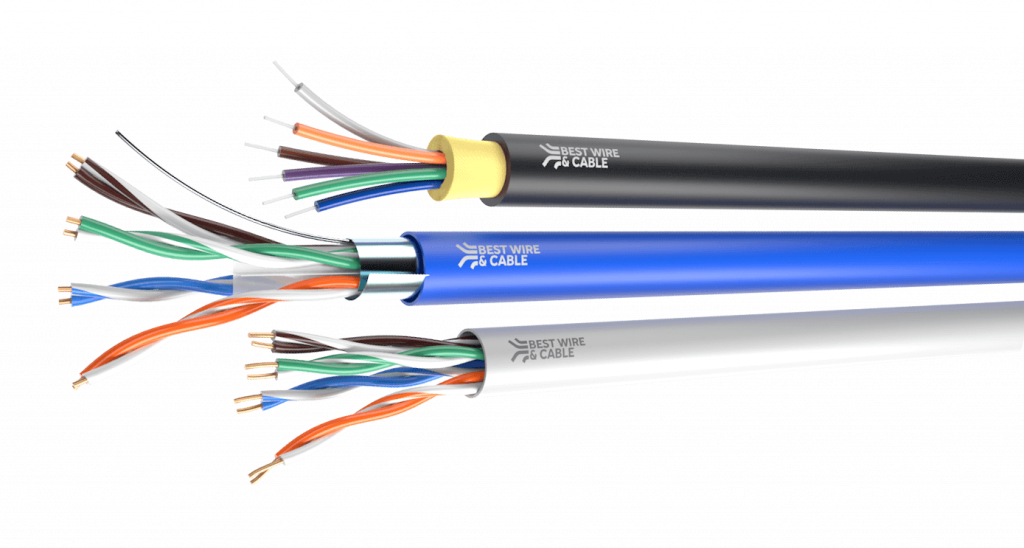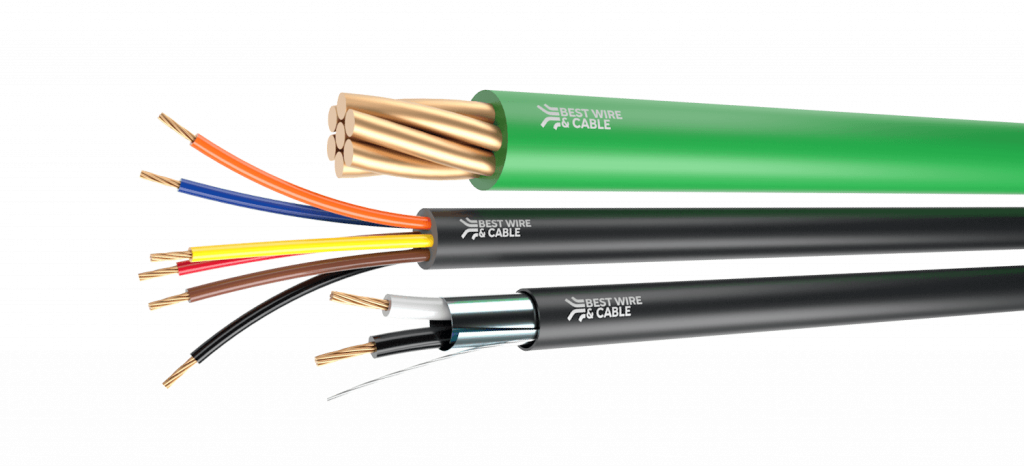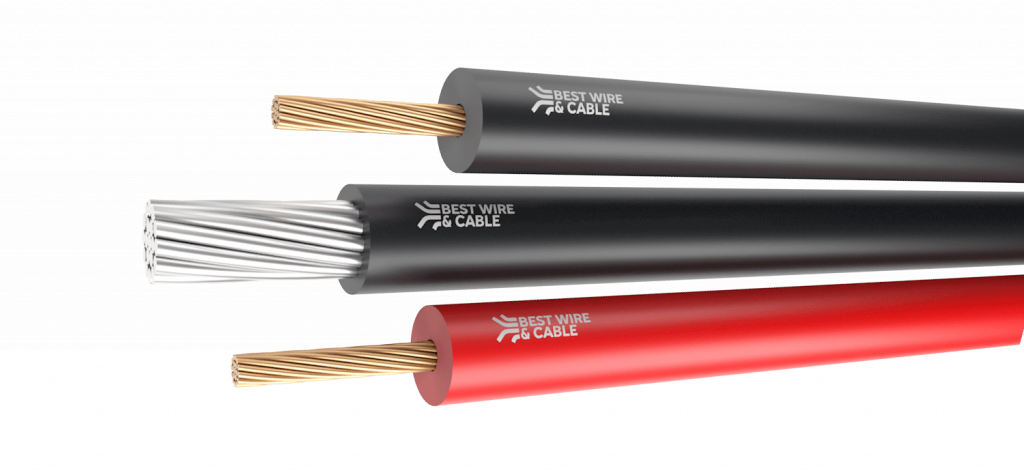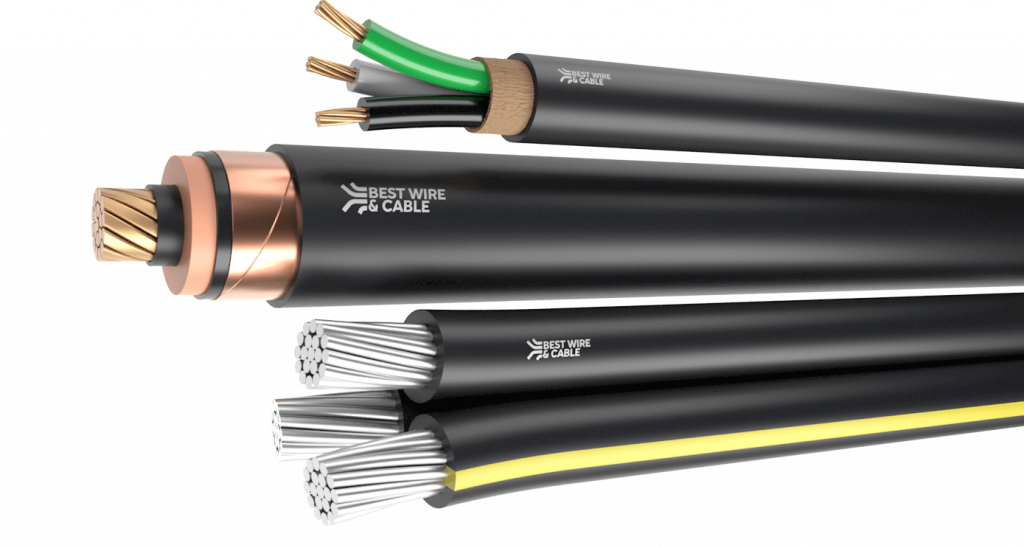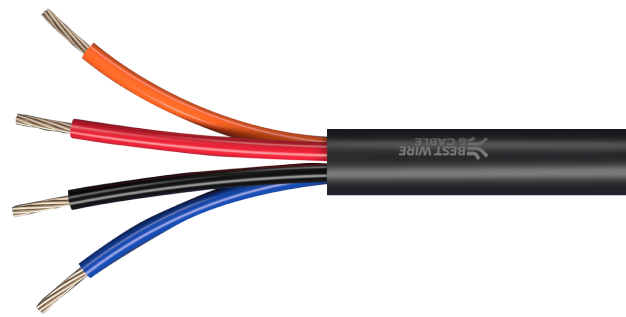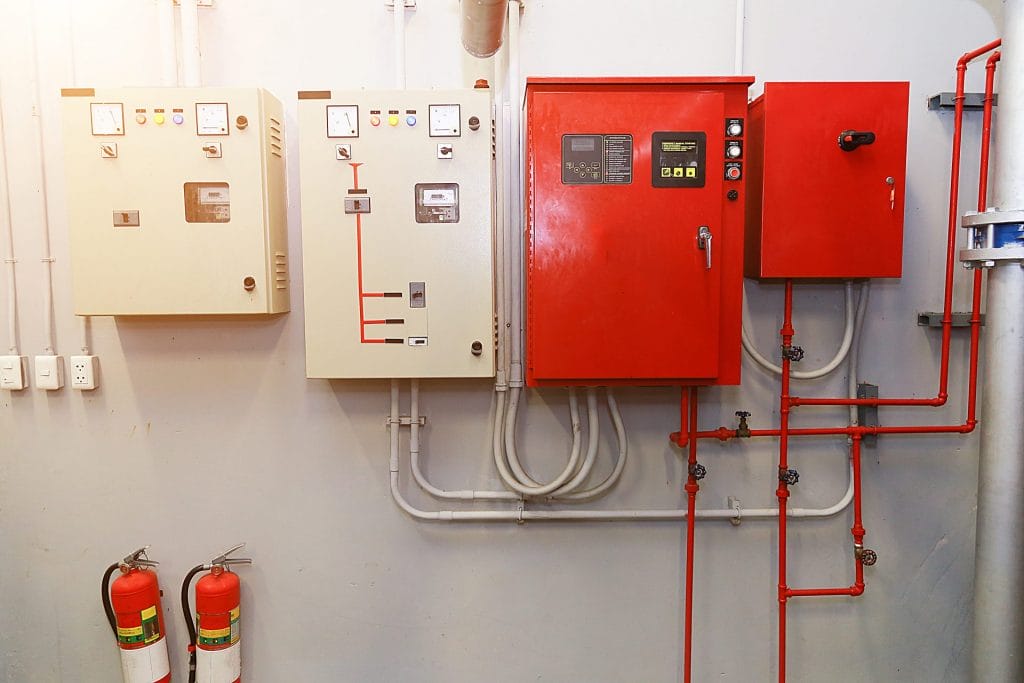THHW-2 vs XHHW-2 Cable Jackets: Which One Should You Choose?
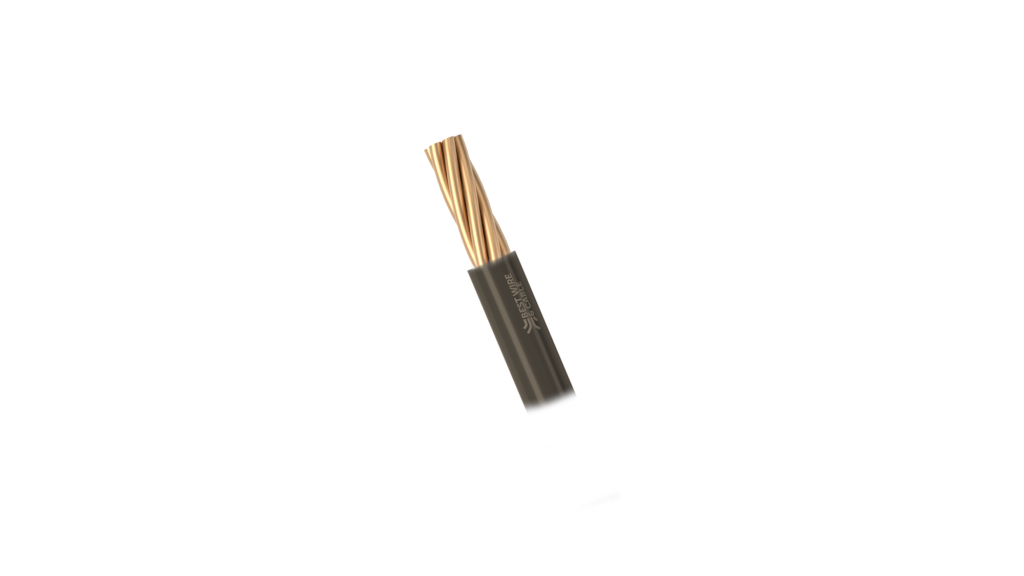
When it comes to choosing the right cable for your project, there are many factors to consider. Two popular options are THHW-2 and XHHW-2 cable jackets. In this blog post, we’ll compare the pros and cons of each, and also discuss whether they are interchangeable.
THHW-2 Cable Jacket THHW-2 cable is a type of thermoplastic high heat-resistant nylon-coated wire that is often used in building wiring systems. THHW-2 cable has a temperature rating of 90°C and a voltage rating of 600 volts. It is also rated for use in wet and dry locations. Pros:
-
THHW-2 cable is flexible and easy to install.
-
It is resistant to moisture, heat, and chemicals.
-
It has a good voltage rating for most applications.
Cons:
-
THHW-2 cable is not rated for use in hazardous locations.
-
It may not be suitable for high-temperature applications.
XHHW-2 Cable Jacket XHHW-2 cable is a type of cross-linked high heat-resistant wire that is commonly used in industrial and commercial settings. XHHW-2 cable has a temperature rating of 90°C and a voltage rating of 600 volts. It is also rated for use in wet and dry locations, as well as in hazardous locations. Pros:
-
XHHW-2 cable is more durable than THHW-2 cable, and can withstand harsher environments.
-
It is rated for use in hazardous locations.
-
It has a good voltage rating for most applications.
Cons:
-
XHHW-2 cable is less flexible than THHW-2 cable, which can make it harder to install in tight spaces.
-
It may be more expensive than THHW-2 cable.
Interchangeability THHW-2 and XHHW-2 cables have similar ratings and can be used interchangeably in many applications. However, it’s important to check the specific UL listings for each cable to ensure that they are suitable for the intended use. UL regulations govern the ratings of these cables, and using a cable that is not rated for the intended use can result in safety hazards and code violations.
In conclusion, both THHW-2 and XHHW-2 cable jackets have their pros and cons, and the right choice depends on the specific needs of your project. It’s important to consider factors such as flexibility, durability, and UL listings when choosing between these two options. And if you’re considering using them interchangeably, make sure to check the UL listings to ensure compatibility.
Check out our THHN/XHHW
